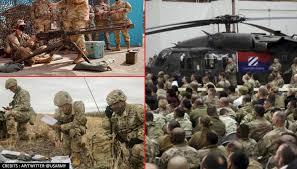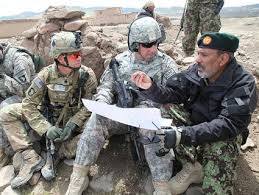Text
CNN reporter forced to wear hijab after the fall of Kabul to the Taliban (photos)
A CNN reporter, Clarissa Ward, was forced to wear hijab while reporting for the news channel on Monday August 16, after the fall of Afghanistan’s capital, Kabul, to the Taliban. Photos of Clarissa before and after the capture of the city have gone viral as online users are shocked by the quick turn of events. See more photos of Clarissa below…

View On WordPress
6 notes
·
View notes
Text
The times they are changing ... in Afghanistan
CNN reporter has to veil herself and stand beside, because “she’s a women” … only hours after the western powers left and taliban took over. What do you think the taliban will do to the afghan women and girls?!
youtube
Ans besides, the taliban are happy to be in charge of left behind army bases, ammunition and vehicles:
youtube
Many thanks to Clarissa Ward for her courageous reporting.
13 notes
·
View notes
Photo
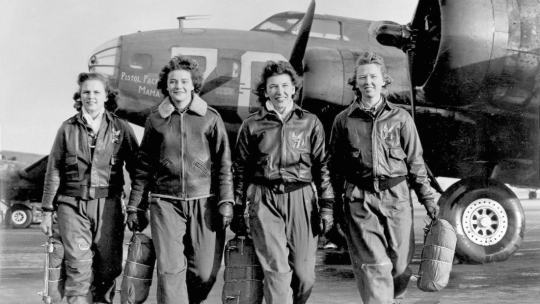
This Day in History: Women Airforce Service Pilots
On this day in 1943, the Women Airforce Service Pilots is formed. The WASPs would assist the U.S. Army Air Force during World War II, but these women were not officially a part of the military. They were civilians.
“There were no GI benefits, no fringe benefits, and no dress parades,” former WASP Deanie Parrish would later say, “just the satisfaction of knowing they had done their duty and they had completed their mission.”
The WASPs might never have existed but for the efforts of two women pilots: Jacqueline Cochran and Nancy Harkness Love. These renowned aviators knew that there were many capable women pilots who were ready and willing to serve. Why couldn’t they fill domestic needs so male pilots could be freed up for combat?
“Cochran and Love had very different strategies but the same goal—to create a women’s air corps,” the Smithsonian National Air and Space Museum explains.
It was no easy task. Some men were worried that women would not be capable of handling the heavy B-29 bombers. In the end, though, Cochran and Love got their way.
The story continues at the link in the comments.
80 notes
·
View notes
Photo

There are some choices your life literally depends on.
305 notes
·
View notes
Text
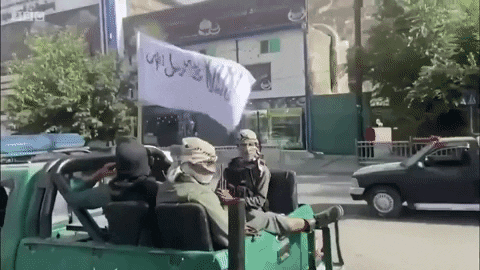
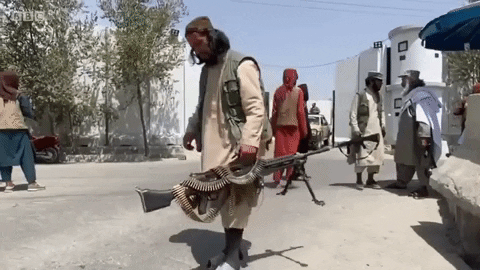



Taliban capture Kabul, Afghanistan. (Q3, 2021).
source: https://www.youtube.com/watch?v=IqIlqftiMvk
16 notes
·
View notes
Text
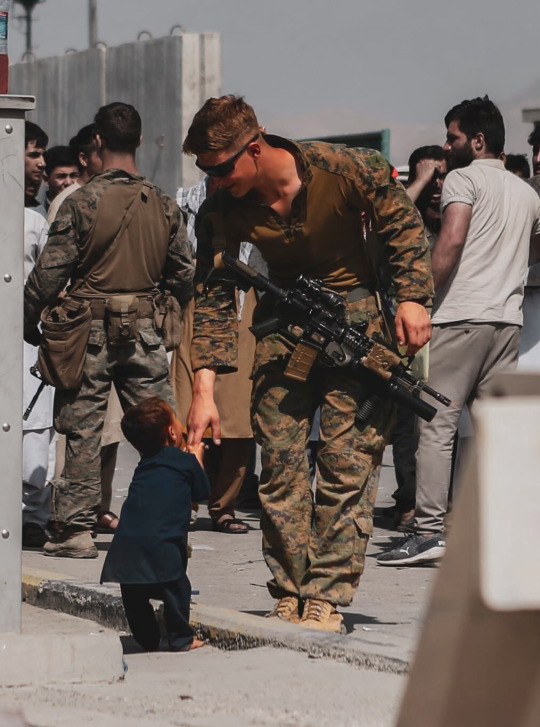
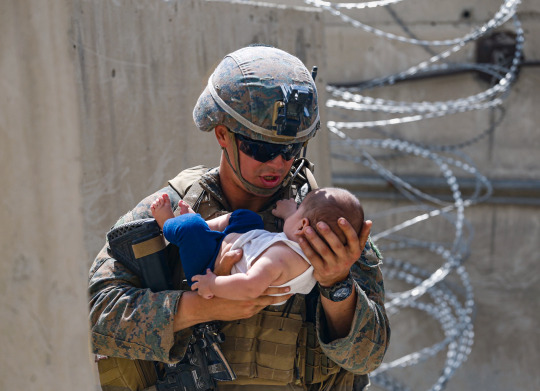

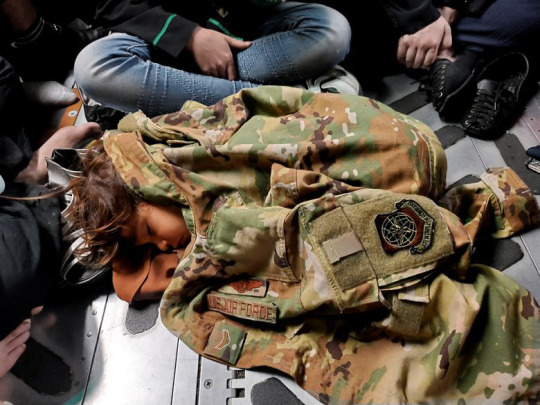
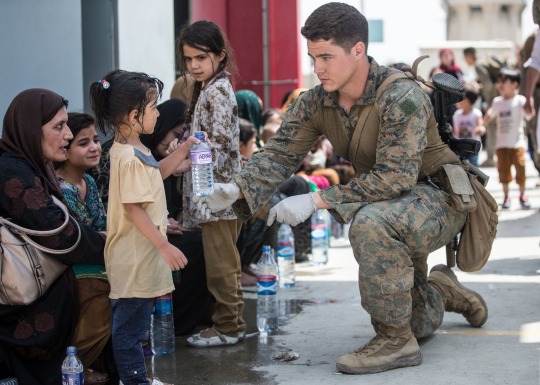
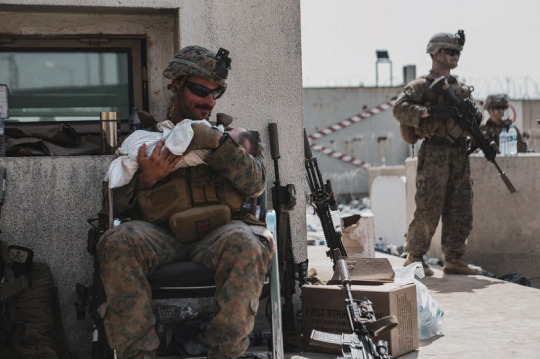
Afghan children/babies and the U.S. soldiers at HKI airport in Kabul, Afghanistan
l © U.S. Marine Corps via REUTERS/ DeptofDefense
2K notes
·
View notes
Photo
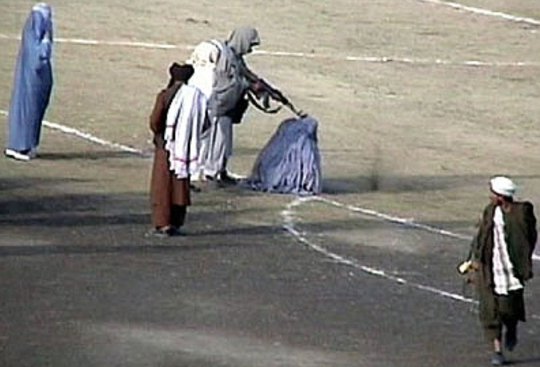


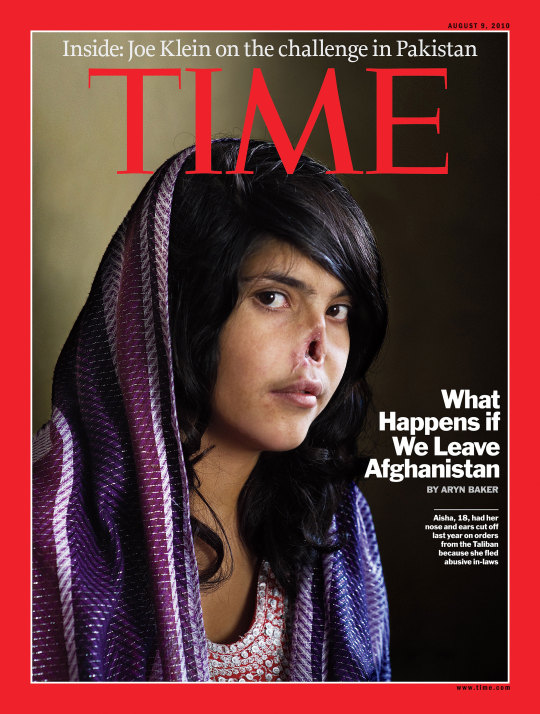
The Taliban has retaken control of Afghanistan!
As Taliban fighters took Kabul on Sunday evening, roaming through the halls of the abandoned presidential palace, the group issued a statement: It would soon revive Afghanistan’s former name.
The country that was built in the wake of the 2001 U.S. invasion at a cost of over $2 trillion would revert to the “Islamic Emirate of Afghanistan.” (That’s the name the country bore between 1996 and 2001).
The Taliban, which means “students” in the Pashto language, have been waging an insurgency against the Western-backed government in Kabul since they were ousted from power in 2001.
The group was formed by “mujahideen” fighters who fought Soviet forces in the 1980s with the backing of the CIA.
Emerging in 1994 as one of several factions fighting a civil war, the Taliban gained control of much of the country by 1996 and imposed its own strict version of Sharia, or Islamic law.
Men were forced to grow beards. Women were forced to wear burqas, flowing garments that cover the entire face and body. Schools for girls were shuttered. Women who were unaccompanied in public places could be beaten. Soccer was banned. So was music, aside from religious chants. The Taliban government held public executions in Kabul’s Ghazi Stadium.
There were photos of children dying of preventable illnesses in a dilapidated pediatric hospital. Images of the ancient Buddhist statues pulverized by the Taliban because its leaders considered the stone images to be idolatrous. The sea of refugees and displaced people living in makeshift tents across the region.
The group is infamous for its use of suicide bombers and has been accused of assassinating top Afghan officials and holding kidnapped Western citizens for ransom.
Only four countries recognised the Taliban when it was last in power: neighbouring Pakistan, Saudi Arabia, the United Arab Emirates and Turkemnistan.
After sheltering Osama bin Laden and key al Qaeda figures in the wake of the 11 September 2001 attacks on the World Trade Center in New York, the Taliban would fall after a US-led military coalition launched an offensive on 7 October 2001.
Despite being ousted from power, the Taliban would continue a guerrilla war against the Western-backed governments and US-led forces in the country.
Around 150,000 British military personnel have served in Afghanistan over the past 20 years, and 457 have been killed.
Also, 2,448 American service members have died in the conflict.
The Taliban entered into talks with the US in 2018 and struck a ‘peace’ deal in February 2020 which committed the US to withdraw its troops while preventing the Taliban from attacking US forces.
However, the Taliban have continued to kill Afghan security forces and civilians…
If there is 1 image that symbolized the brutality of the Taliban regime in 90s, it was that of a woman in a blue burqa being executed in public in KBL’s stadium.
An Afghan judge hits a woman with a whip in front of a crowd in Ghor province, Afghanistan August 31, 2015. REUTERS/Pajhwok News Agency.
A member of the Taliban’s religious police beating an Afghan woman in Kabul on August 26, 2001. The footage, filmed by the Revolutionary Association of the Women of Afghanistan, can be seen at pz.rawa.org/rawasongs/movie/beating.mpg
The cover of the Aug. 9 issue of Time magazine features a photo of Aisha, an 18-year-old Afghan woman with a mutilated nose. Time Inc./AP
3K notes
·
View notes


